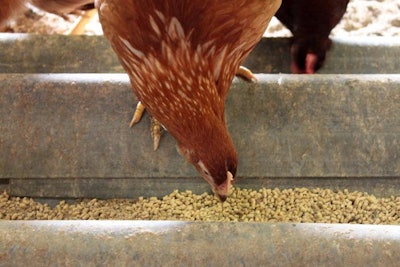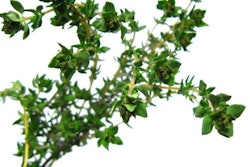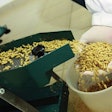
A single diet offered during the early hours of the light period with some source of calcium top-dresses during the afternoon is the standard feeding program for layers worldwide. Yet a new method has been proposed that adapts the normal behavior of the hen to the requirements of modern farming. This method, called split feeding, is based on the principle that two feeds can be offered, one in the morning and another in the afternoon, at different quantities and with different nutrient composition. The morning feed focuses on the protein and energy requirements of the hen, whereas the afternoon feed focuses on the calcium requirement that coincides with eggshell formation.
In preliminary studies, hens in split-feeding regimens consumed slightly less nutrients and eggshell quality remained strong or improved. Thus, not only was normal feeding behavior allowed, but profitability increased if we discount the extra cost of logistics for the second feed. This reduction in nutrient intake can have further positive consequences in terms of reduced nitrogen and phosphorus excretion and less stress on the hen coming from the excessive consumption of calcium needed to sustain eggshell quality, especially during the late laying period.
Of course, this system remains in the experimental stage as more work is needed to verify and fine-tune the details of each feed, but it appears to be a promising development. In addition, the logistics of the second feed currently prohibit the incorporation of this novel method into most existing facilities, but this is something that can be resolved, or included, in the design of new facilities. Nevertheless, it is something that requires attention.
For more information, the read the relevant proceedings from the 2016 Poultry Federation Conference.


















